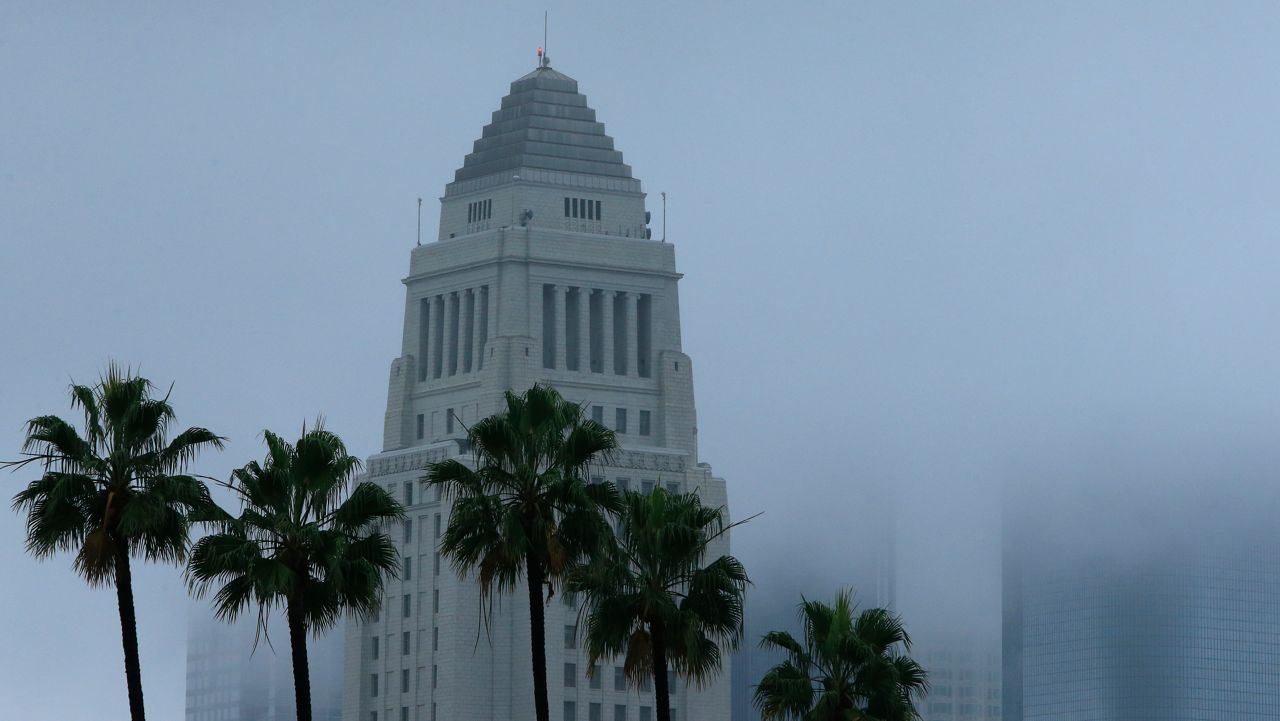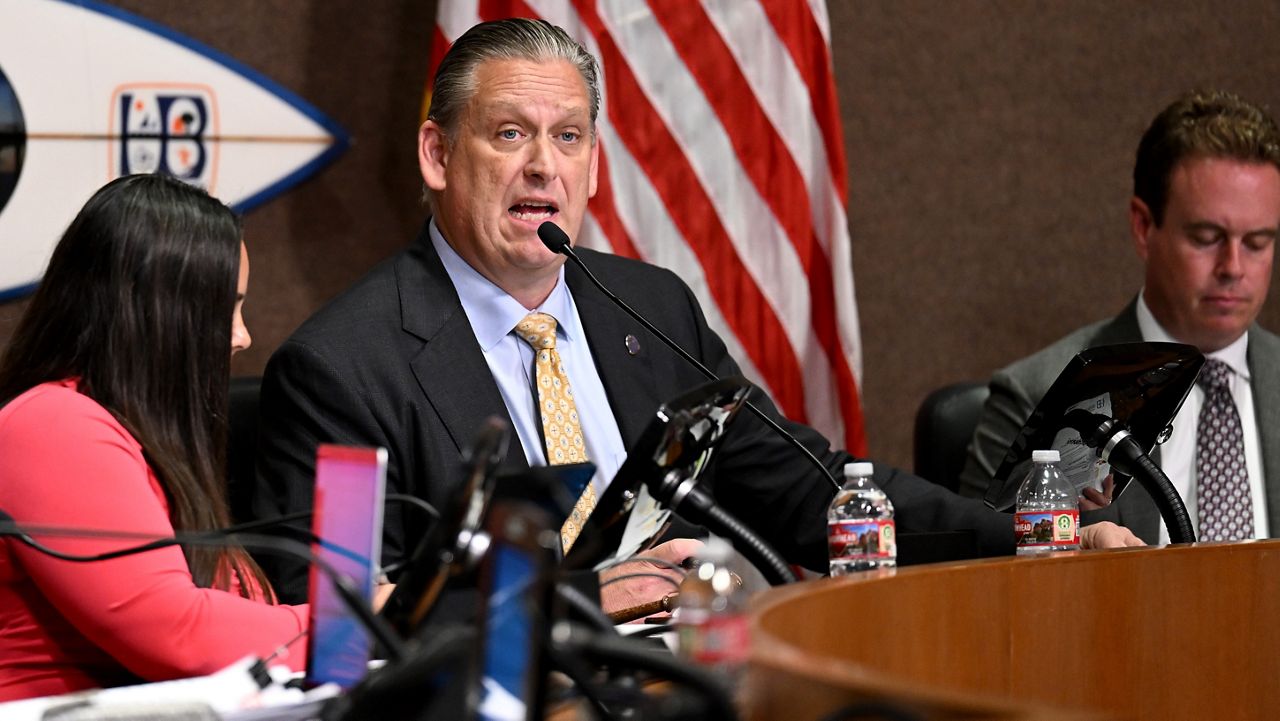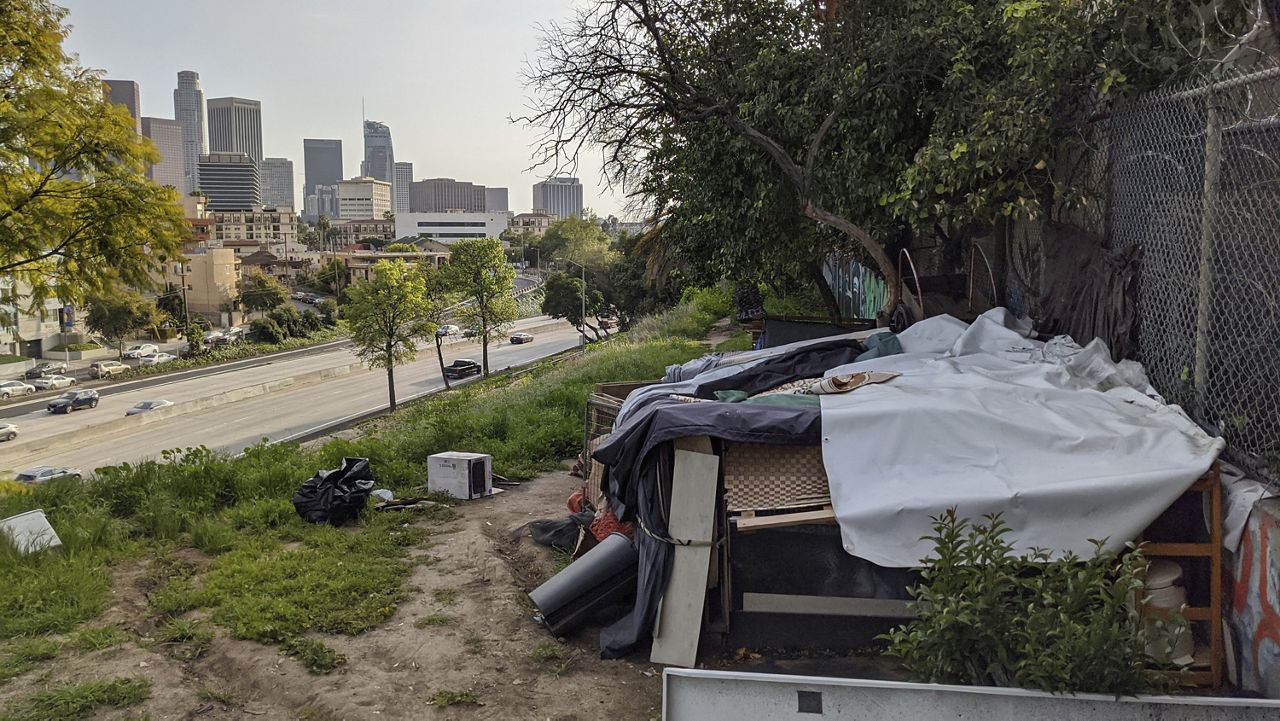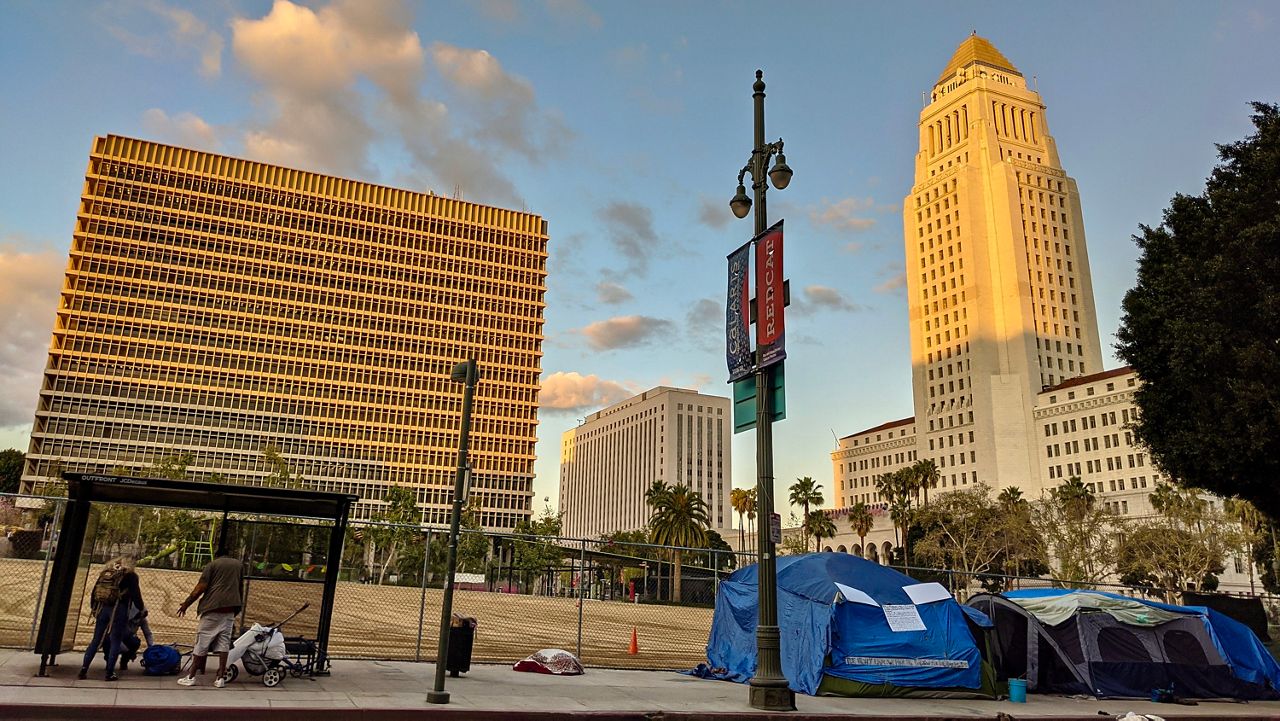LOS ANGELES — More than 4 million people across LA County continue to be affected by a 15-day outdoor watering ban that began last week so crews can make critical repairs to a pipeline that carries water from the Colorado River.
The ban came a couple of months after a larger restriction went into place in Southern California this summer, limiting outdoor watering to two days a week as the state conditions to experience a historic drought.
The region, and LA in particular, has always had a troubled history with water, according to the University of Southern California professor William Deverell
“Inside the Issues” host Alex Cohen spoke to Deverell about how in the early days of Los Angeles, residents got most of their water from the LA River.
“In the earliest days of human habitation here, up through the Spanish and Mexican periods and into the early American period, the river and wells dug near it, supplied all the water that the growing region and growing town needed,” Deverell said.
As the city continued to grow, that changed. Deverell explains that during heavy rainy months, the river could not withstand all the water flowing into it.
“It would roar out of its banks, cause massive flooding, create property damage and also danger to lives,” he said. “The good people of Southern California decided to do something about that and essentially teach the river a lesson in their view, which was corral it in a concrete straitjacket.”
A flood in after heavy rain in 1938 killed more than 100 people in LA County and destroyed thousands of homes.
That led the U.S. Army Corps of Engineers to begin paving the river in concrete.
Deverell, who is a professor of history, spatial sciences and environmental studies at USC, compared the attitudes of the past to what the city knows about water today amid drought conditions.
“We’re learning not so much exactly from the mistakes, but the lack of more imagination and certainly the lack of a realization that water was finite,” Deverell said.
Examples of those changing attitudes are popping up all across the region.
LA’s Department of Water and Power said customers used 10% less water in August, the third consecutive month of reductions.
“I believe there have been changes from, let’s say, my generation to that of my children or even younger people. Their awareness of the finite nature of water, the preciousness of water is far higher than mine would have been at their age,” said Deverell, but he added everyone needs to do a better job.
“There are changes,” he said. “I don’t think they’re happening fast enough.”
Let Inside the Issues know your thoughts and watch Monday through Friday at 8 and 11 p.m. on Spectrum News 1.











